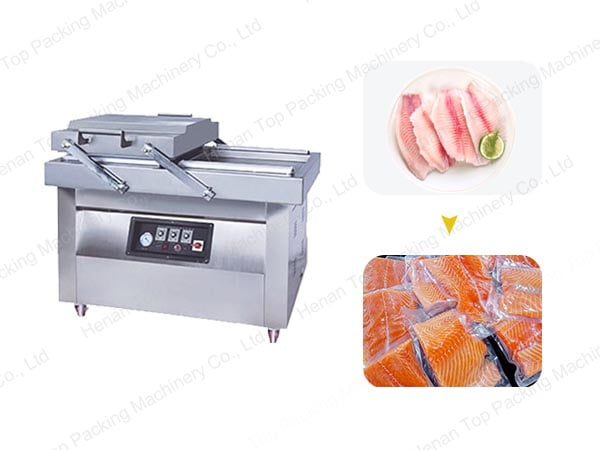Vacuum packing has revolutionized the way we store and preserve perishable items, from food to clothing and beyond. With the help of a vacuum packing machine, you can extend the freshness, protect against spoilage, and save valuable space in your storage. In this article, we will guide you through the process of using a vacuum packing machine effectively, ensuring optimal results and convenience.

Step 1: Preparing the Item
Before you begin the vacuum packing process, ensure that the item you want to preserve is clean, dry, and free from any sharp edges or protrusions that could potentially damage the packaging material. For example, wipe down food items to remove excess moisture or crumbs, and fold clothing neatly for efficient packing.
Step 2: Selecting the Packaging Material
Vacuum packing machines require specialized vacuum bags or rolls designed to withstand the vacuuming process. These bags come in various sizes, so choose one that fits your item comfortably. Opt for high-quality bags that offer durability and airtight sealing properties to maintain the freshness of the packed items.
Step 3: Cutting the Packaging Material
If you are using a roll of packaging material, carefully cut a piece that is long enough to enclose the item with some additional length for sealing. A straight, clean cut will ensure a proper seal later on.
Step 4: Sealing One End of the Bag
Place one end of the bag or roll onto the sealing bar of the vacuum packing machine, ensuring it lies flat. Close the lid or cover of the machine, securing the bag in place. Some machines may require you to manually lock the lid or engage a sealing mechanism, so familiarize yourself with the specific instructions provided by the manufacturer.
Step 5: Vacuum Sealing
Activate the vacuuming function of the machine. This process will remove the air from the bag, creating a tight seal around the item. Depending on your machine, you may have options for different levels of vacuum strength or duration. Follow the instructions provided by the manufacturer to achieve the desired vacuum level.
Step 6: Sealing the Bag
Once the air has been sufficiently removed, the sealing process begins. The vacuum packing machine employs heat to seal the open end of the bag securely. It is crucial to allow the machine to complete the sealing process before opening the lid or cover to avoid compromising the seal’s integrity.
Step 7: Repeat if Necessary
If you have multiple items to vacuum pack, repeat the process from Step 3 for each item. Cut a new bag or roll, seal one end, vacuum seal, and then seal the other end. This ensures each item is individually packed and protected.
Step 8: Storing or Using the Vacuum-Packed Items
Congratulations! You have successfully vacuum packed your items. Now, you can store them in your pantry, refrigerator, or freezer, depending on the item’s specific requirements. Vacuum packing helps preserve freshness and extends the shelf life of various perishable items, such as fruits, vegetables, meats, and leftovers. Vacuum-packed clothing can also be stored more efficiently, saving space in your closets or luggage.
Conclusion
Vacuum packing machines have become indispensable tools for preserving and protecting perishable items. By following these step-by-step instructions, you can master the art of vacuum packing and enjoy the benefits of extended freshness, reduced waste, and efficient storage. Remember to always refer to the user manual provided by the manufacturer for specific instructions about your vacuum packing machine model. Embrace the power of vacuum packing and transform the way you store your items today!
